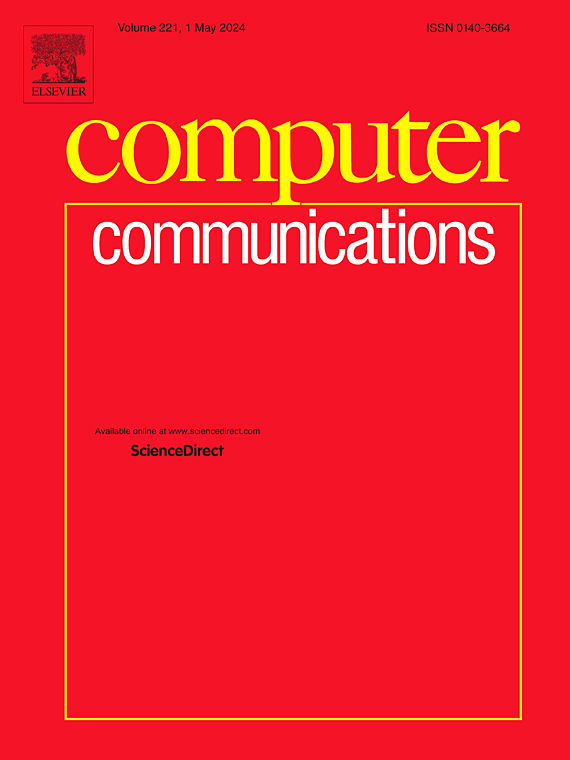Deterministic Networking (DetNet): Performance evaluation of the Packet Ordering Functions
IF 4.5
3区 计算机科学
Q1 COMPUTER SCIENCE, INFORMATION SYSTEMS
引用次数: 0
Abstract
Industrial Internet of Things applications need strict Quality of Service guarantees, including when they use wireless networks. While existing standardization efforts, such as Deterministic Networks (IETF) and Time-Sensitive Networking (TSN), have focused mainly on wired networks, more recent activities address wireless networks, like the Reliable and Available Wireless (RAW) Working Group of the IETF. Duplicating packets over multiple paths can improve availability and reliability, but this can potentially result in more out-of-order packets. Existing reordering algorithms, including two recently standardized by the IETF, are not always well suited to wireless networks. As a result, guaranteeing a bounded end-to-end latency and/or maximum consecutive packet losses is still particularly challenging. We propose a novel packet reordering algorithm for deterministic networking that includes wireless segments to achieve lower end-to-end latency while providing high end-to-end reliability. We simulate a 6TiSCH wireless network to compare its performance with the existing ones. Furthermore, we also extend existing Network Calculus bounds on the reordering timer to obtain path-dependent values that can reduce the average latency. We also introduce a probabilistic model to compute the reordering ratio when there are no retransmissions that fits the simulation results.
确定性网络(DetNet):包排序函数的性能评估
工业物联网应用需要严格的服务质量保证,包括当它们使用无线网络时。虽然现有的标准化工作,如确定性网络(IETF)和时间敏感网络(TSN),主要集中在有线网络上,但最近的活动主要针对无线网络,如IETF的可靠和可用无线(RAW)工作组。在多个路径上复制数据包可以提高可用性和可靠性,但这可能会导致更多的乱序数据包。现有的重新排序算法,包括最近由IETF标准化的两种算法,并不总是很适合无线网络。因此,保证有限的端到端延迟和/或最大的连续数据包丢失仍然是特别具有挑战性的。我们提出了一种新的数据包重排序算法,用于包括无线段的确定性网络,以实现更低的端到端延迟,同时提供高的端到端可靠性。我们模拟了一个6TiSCH无线网络,并将其性能与现有网络进行了比较。此外,我们还扩展了现有的网络微积分在重排序计时器上的界限,以获得可以减少平均延迟的路径相关值。我们还引入了一个概率模型来计算在没有重传的情况下的重排序比,该模型与仿真结果吻合。
本文章由计算机程序翻译,如有差异,请以英文原文为准。
求助全文
约1分钟内获得全文
求助全文
来源期刊

Computer Communications
工程技术-电信学
CiteScore
14.10
自引率
5.00%
发文量
397
审稿时长
66 days
期刊介绍:
Computer and Communications networks are key infrastructures of the information society with high socio-economic value as they contribute to the correct operations of many critical services (from healthcare to finance and transportation). Internet is the core of today''s computer-communication infrastructures. This has transformed the Internet, from a robust network for data transfer between computers, to a global, content-rich, communication and information system where contents are increasingly generated by the users, and distributed according to human social relations. Next-generation network technologies, architectures and protocols are therefore required to overcome the limitations of the legacy Internet and add new capabilities and services. The future Internet should be ubiquitous, secure, resilient, and closer to human communication paradigms.
Computer Communications is a peer-reviewed international journal that publishes high-quality scientific articles (both theory and practice) and survey papers covering all aspects of future computer communication networks (on all layers, except the physical layer), with a special attention to the evolution of the Internet architecture, protocols, services, and applications.
 求助内容:
求助内容: 应助结果提醒方式:
应助结果提醒方式:


